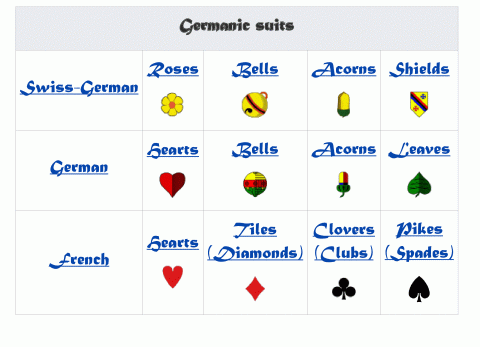Trivia ... continued

How did you go last week with our trivia questions? Answers are below, and here are more questions to ponder:
- Apart from its status as the highest card in the deck, why was the Ace of Spades printed larger than any other card?
- And what was this card’s significance during the war in Vietnam in the 1960s?
Answers from last week:
- Where and when were playing cards invented?
It’s generally believed that the Chinese invented playing cards in 1000 – 1120 AD with the development of paper.
- Why is bridge called bridge?
Bridge (the game) is derived from whist — a 17th century card game. Bridge (the word) is the Anglicised form of Russian whist or ‘biritch’ — meaning a herald or announcer i.e. biritch was a game where players announced their auction.
- What do the four suits in a pack of playing cards represent?
There is some contention but it is generally accepted that the four suits in a deck of modern English playing cards derive from French playing cards that were developed from the Germanic suits around 1480, and prior to that, the Latin suits. The French suits represent the four classes in society: spades = nobility, hearts = clergy, diamonds = vassals/merchants and clubs = peasants. Notably, this class order is reflected in bridge suits’ rank (unlike some other trick-taking card games).